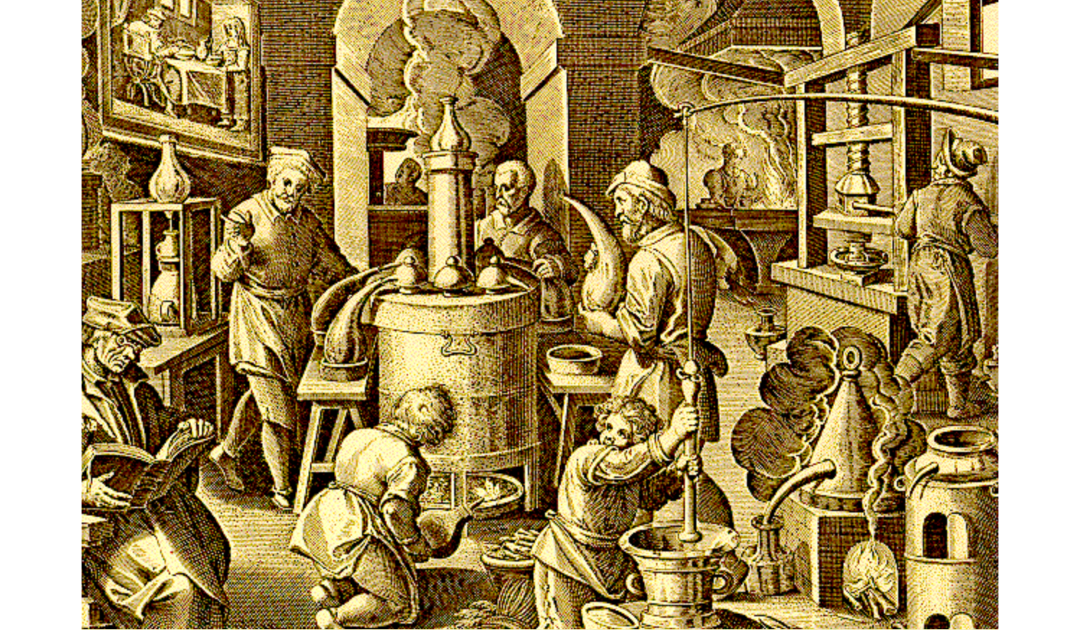I don’t claim that this is an exhaustive list of scientists contemporary with Sir Anthony Standen. It’s more of a tasting menu, with each scientist chosen because they relate to the Sir Anthony Standen Adventures in some way.
The place to start must be Galileo Galilei, who features in Fire and Earth, the second book in the series. Galileo was the archetypical polymath. He invented the thermoscope, an early type of thermometer. He designed pumps for Venetian shipbuilders, worked on pendulum theory, and made numerous astronomical discoveries. We probably know him best for his views on heliocentricity, which brought him into dangerous conflict with the church. He developed a theory of the tides which he used to prove that the Earth rotates around the Sun. Unfortunately he left no place for the moon in his theory of the tides, so he was almost entirely incorrect on that score.
Hamza al-Maghribi was an Algerian mathematician who developed the concept of logarithms. He may have met Sir Anthony, since he served Sultan Murad III in Constantinople (Istanbul) for some years. I wish I’d known that before, I’d have woven his story into that section of The Spy who Sank the Armada.
Louise Boursier was a French midwife who wrote five medical manuscripts on obstetrics, anemia, skin conditions, and ailments affecting women and children. She was midwife to Marie de Medici, and delivered her six children, including Louis XIII and Henrietta Maria who was the wife of Charles I, and mother of Charles II and James II. If I’d known that I might have included her in The Suggested Assassin. I shall try to find a role for her in book 5.
Johannes Kepler would have been sixteen when the first armada was defeated. He went on to develop the theory of planetary motion and worked with Galileo. Sadly he died whilst eagerly awaiting the transits of Mercury and Venus. Certainly he was one of the giants whose shoulders Isaac Newton stood on.
John Napier the Scottish mathematician and physicist was born in 1550. He is best known as the inventor of logarithms. He was older than Hamza al-Maghribi, so perhaps they came up with their theories independently, who knows? Napier also popularised the use of the decimal point.
My final selection is William Harvey who was the first physician known to describe completely and in detail the circulation of blood. There is quite a bit of blood in Called to Account, including some discussion of the medical theories of the time pertaining to blood. Harvey corresponded with Paolo Sarpi who is a key character in Fire and Earth.
If you have enjoyed this quick canter through Renaissance scientists, why not check out my earlier posts on artists, musicians and writers of the period.

